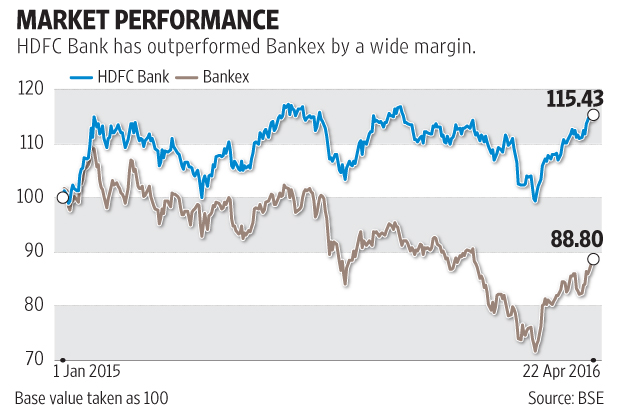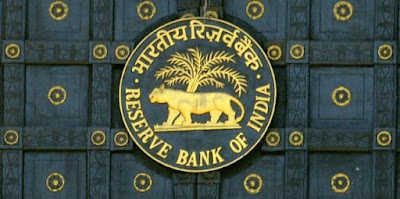The bank’s business is projected to increase four-fold from Rs 3,000 crore as on March 31, 2016 to Rs 12,000 crore and branch network to 216 by March 2021.
Jalandhar-based Capital Small Finance Bank Ltd, India’s first small finance bank, has commenced operations. The bank kicked off operations with ten branches.
In the current fiscal, the bank would consolidate in Punjab by adding 29 branches. The bank’s business is projected to increase four-fold from Rs 3,000 crore as on March 31, 2016 to Rs 12,000 crore and branch network to 216 by March 2021.
Capital Small Finance Bank has been set up by converting the erstwhile Capital Local Area Bank Ltd. “Consequently, the bank ceases to exist with effect from April 24, 2016. It was one of the 10 applicants to be given in-principle approval for setting up SFBs as announced by the Reserve Bank in its press release dated September 16, 2015,” the RBI said.
Ten selected applicants include Au Financiers (Jaipur), Capital Local Area Bank (Jalandhar), Disha Microfin (Ahmedabad), Equitas Holdings (Chennai), ESAF Microfinance and Investments (Chennai), Janalakshmi Financial Services (Bengaluru), RGVN (Northeast) Microfinance (Guwahati), Suryoday Micro Finance (Navi Mumbai), Ujjivan Financial Services (Bengaluru) and Utkarsh Micro Finance (Varanasi).
The small finance bank will primarily undertake basic banking activities of acceptance of deposits and lending to unserved and underserved sections including small business units, small and marginal farmers, micro and small industries and unorganised sector entities.
There won’t be any restrictions in the area of operations of small finance banks. The minimum paid-up equity capital for small finance banks shall be Rs 100 crore.
The promoter’s minimum initial contribution to the paid-up equity capital of such a small finance bank should at least be 40 per cent and gradually brought down to 26 per cent within 12 years from the date of commencement of business of the bank.
The RBI had granted approval to 11 entities for launching payments banks in August 2015. It had given approval to IDFC and Bandhan to start universal banks last year.
Meanwhile, microfinance player Ujjivan
Financial Services, which got the RBI nod for a small finance bank, will hit capital markets on Thursday to raise nearly Rs 885 crore through an initial public offering.







